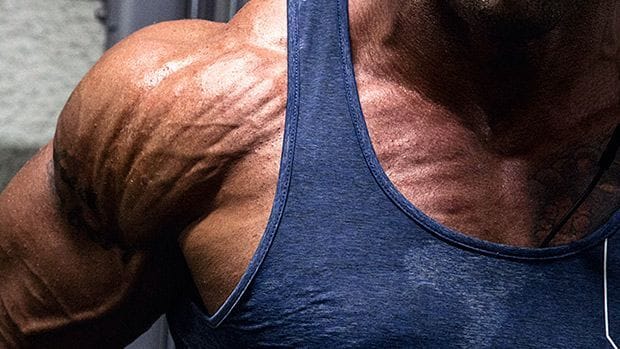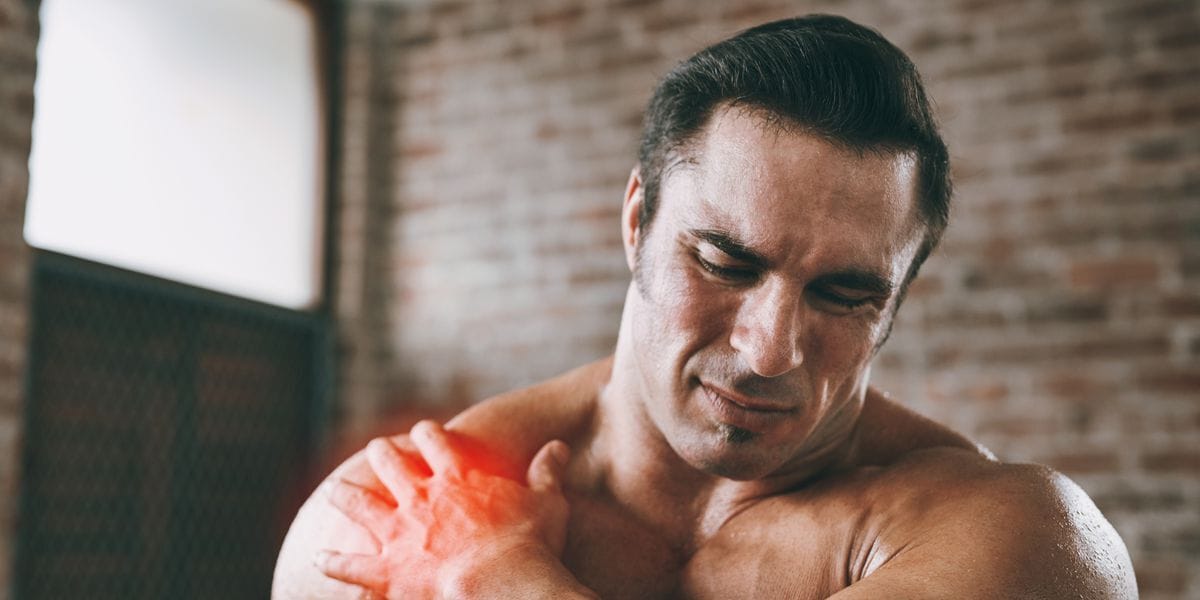
Stiff, Painful, No Range
If you’ve ever felt that nagging twinge mid-pull or wincing during a clinch, you know how important shoulder health is for performance…let alone, normal life.
Over my years of dialing in strength and performance for not only my clients, but myself as well. I’ve learned that a resilient shoulder isn’t an afterthought, it’s the cornerstone of power, speed, and longevity.
This week, I'm diving into my go-to drills and stretches that keep shoulders bulletproof, from full‑stretch incline presses to humble dead hangs.
"The softest things in the world overcome the hardest things in the world."
BREAKDOWN

Shoulder Joint Breakdown
Your shoulder is a marvel of mobility: a ball‑and‑socket (glenohumeral) joint stabilized by the rotator cuff, the scapula, and a web of ligaments.
It’s designed to move in virtually every plane; the flexion, extension, abduction, adduction, and rotation. And yet that range comes at the cost of inherent instability. Understanding its anatomy helps you train it smartly and avoid the dreaded impingement:
Ball-and-Socket: The humeral head rotates in the shallow glenoid fossa; lots of motion, less bony stability.
Rotator Cuff: Four small muscles (supraspinatus, infraspinatus, teres minor, subscapularis) work like suspension cables, keeping the humeral head centered.
Scapular Mechanics: The scapula’s movement (upward rotation, protraction/retraction) is crucial for a pain-free lift.
Why These Movements Work
Constant shoulder pain and immobility doesn’t have to be your norm. Utilize this list however it works for you; there is no particular order you need to follow.
Fully Stretched Incline Press
Emphasizes eccentric control at end range.
Teaches stability under stretch, reinforcing joint integrity.
Full Range Side Lateral Raises
Promotes balanced deltoid development.
Builds strength through the full arc, improving abduction mechanics.
Upright Rows
Trains scapular upward rotation and shoulder girdle coordination.
Use a narrow grip and controlled path to avoid impingement.
Dumbbell/Cable Pull-Overs
Stretches the lats and chest, decompressing the anterior shoulder.
Enhances the scapulothoracic rhythm.
Dead Hangs
Passive traction opens the joint space.
Ideal for decompressing the spine and shoulders after heavy pressing work.
Deep Dips
Strengthens the anterior capsule and pecs in a controlled deep position.
Important to lean forward slightly and limit depth to pain-free ranges.
Banded Shoulder Dislocations
Reinforces full scapular rotation and thoracic extension.
A dynamic mobility staple—feel that smooth ‘threading’ motion.
⬇️Grab your basic shoulder health guide here⬇️
Thanks for reading this week’s edition of The Weekly Standard!
If you found value in these insights, share it with a training buddy or post it on your social feed; let’s spread the knowledge and push each other to new levels. See you next time!
COACH’S INSIGHT
As a coach, I see too many athletes and lifters chase PRs at the expense of basic mechanics. Think quality of movement in these shoulder drills with slow eccentrics, full ranges, and pain-free paths.
Invest in your shoulder health now, and you’ll bank strength, durability, and that extra edge when it counts.
Stay healthy, lift heavy, and perform at your best!


